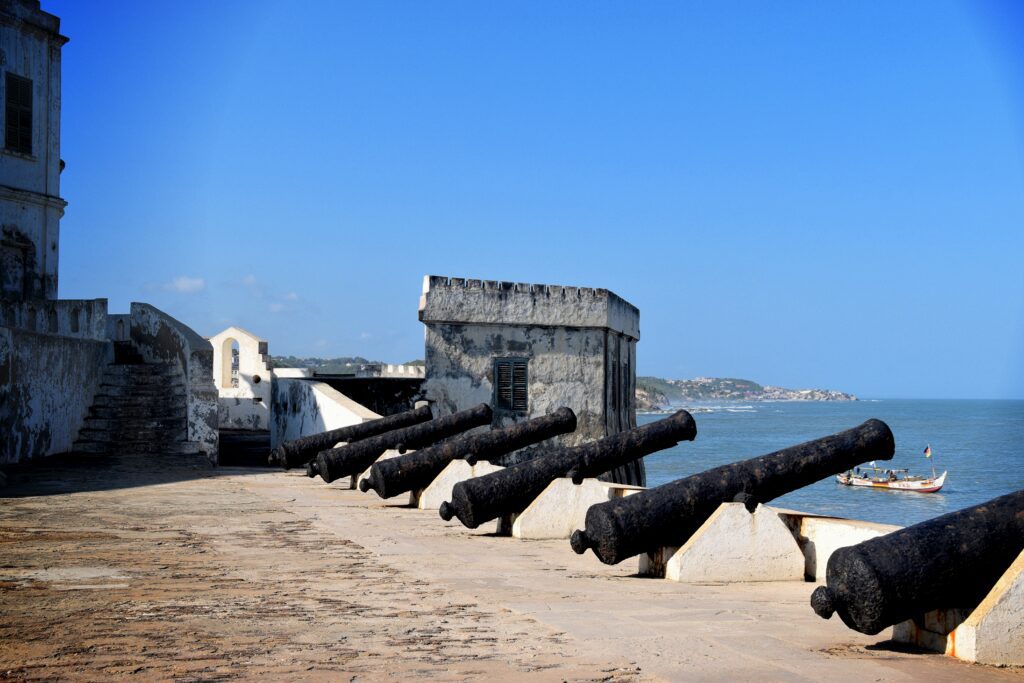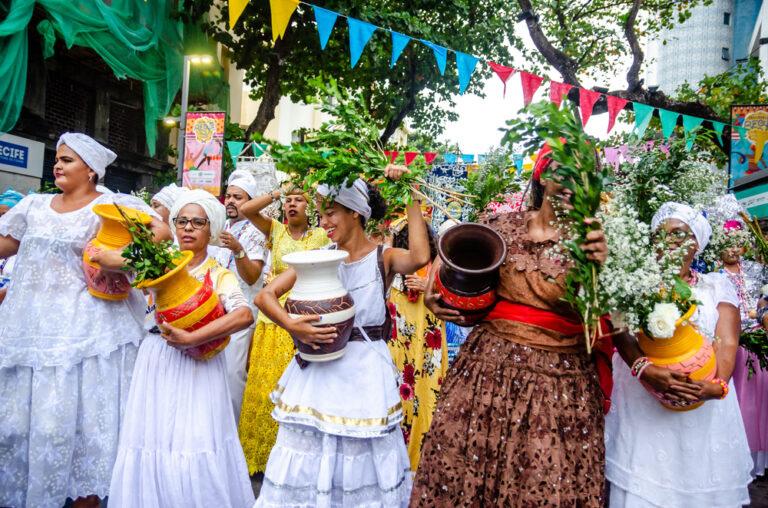Table of Content
ToggleSad Historical Facts
The Portuguese were among the first Europeans to begin using enslaved Africans on plantations in the Americas. They established settlements in Brazil in the 16th century and began importing enslaved Africans to work on sugar plantations and other agricultural operations. They also played a significant role in the transatlantic slave trade, which brought millions of enslaved Africans to the Americas. The Portuguese controlled a significant portion of the trade in the 16th and 17th centuries, although other European nations such as Spain, England, and France also became involved in the trade over time.
The majority of enslaved Africans were captured from West and Central Africa, specifically the area stretching from present-day Senegal to Angola. This region had a long history of internal slavery and human trafficking, which made it a prime source of captives for the transatlantic slave trade.
European slave traders would often collaborate with African leaders and traders to capture and sell enslaved people. They were often taken from their homes, villages and towns by force, and then sold to European traders at coastal forts and markets.
The enslaved Africans were then transported across the Atlantic Ocean in the infamous “Middle Passage” to the Americas, where they were sold to work on plantations, mines, and other labor-intensive operations.
Collaboration of African Leaders
Cape Verde was a common stop for slave traders during the transatlantic slave trade. The islands served as a hub for the trade and were used to store and trade enslaved people before they were transported to the Americas. Many enslaved people were also forcibly brought to the islands to be used as labor. The transatlantic slave trade was a brutal and inhumane practice that lasted for several centuries and had a profound impact on the people and societies involved.
Other islands slave traders stopped on their way to Brazil during the transatlantic slave trade. Some of the most commonly used stops included:
The West Coast of Africa: This was the main departure point for enslaved people during the transatlantic slave trade. Many were captured and sold by African traders and then transported to the coast to be sold to European slave traders.
The Caribbean Islands: The Caribbean islands of Jamaica, Barbados, and Haiti were also major stops for slave traders. Enslaved people were often transported to these islands to be used as labor on sugar plantations.
The Azores and Madeira Islands: These islands, located in the Atlantic Ocean, were used as a supply stop for slave traders. They were used to provision ships with food and water before continuing on to the Americas.
The Canary Islands: The Canary Islands were a point of departure for many slave ships bound for the Americas. Many enslaved people were held on these islands before being transported to the Americas.
It’s important to note that the transatlantic slave trade was a brutal and inhumane practice that affected millions of people and impacted the economies, societies, and cultures of the regions involved.












